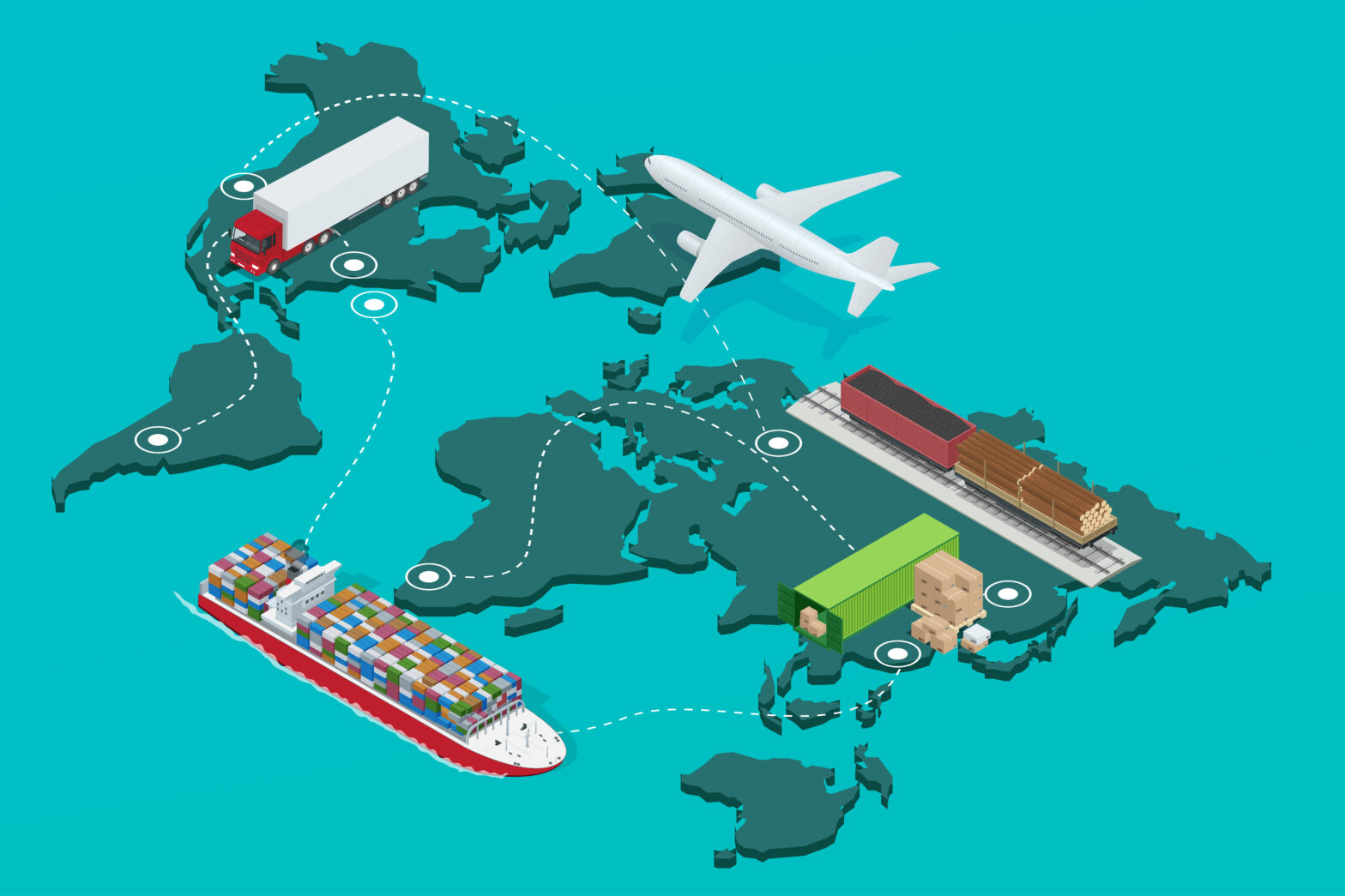That fact is no more relevant than in logistics, where our new digital environment is having a transformative influence on the way it operates. History shows us that supply chains have always been one of the key beneficiaries of digital progress, with the advent of the internet, in particular, representing a massive turning point in how goods and moved, managed and monitored.
Managing change
Looking over the horizon, there may be a time when the supply chain is completely autonomous and self-orchestrated, but in the immediate term, it is important to focus on how people working in logistics make the most of this transitional period for the sector. While understanding the minutiae of supply chain digitisation isn’t of paramount importance, a working knowledge of the technologies that are already transforming the marketplace, for both supply chain managers and consumers, is important.
Organisations such as Amazon are setting the standard when it comes to meeting consumers’ ever-growing expectations. Regardless of industry or brand, everyone is feeling the pressure to maintain the highest levels of customer experience, and that applies whether you’re servicing a business customer or an end consumer.
With that in mind, understanding the technologies that are coming to define supply chains in the short and medium-term is essential.
Maximising blockchain
Perhaps the most important development in the modern supply chain is the march towards visibility and transparency. The term ‘Physical Internet’ was first applied to logistics in 2006, and defined as an open global logistics system founded on physical, digital and operational interconnectivity.
>See also: Disrupt, transform or die. It’s time to enjoy the digital ride
While this level of integration is difficult to deliver, the potential benefits are huge, with the volume of information to be collected an enticing prospect. It will, however, require a major shift in business mindsets towards a fully open and collaborative approach, including with competitors.
One technological innovation that could help to drive this, though, is the advent of blockchain. By design, anything recorded on a blockchain cannot be altered, meaning that there are cast iron records of where each asset has been, which would make the visibility element of logistics much easier to maintain. There are obviously challenges to overcome in terms of cost factors and securing multiple stakeholder buy-ins, but there is no disputing that the technology has the potential to provide a new and improved level of traceability to the supply chain.
The Internet of Trucks
The internet of things (IoT) has been the hot topic for businesses in the manufacturing space for some time, as Industry 4.0 comes to define the factory of today, but in transport and logistics, its prospective applications are no less exciting.
While the advent of fully autonomous trucks is a consideration, in the immediate term the trend that is more likely to affect transport operations is the advent of truck platooning. Platooning comprises a number of trucks fitted with modern and innovative driving support systems, which all follow closely behind each other. This forms a platoon where the trucks are driven by smart technology and communicating with one another constantly.
>See also: Disruption articles and industry trends in business technology
Once again, the potential benefits are huge for operators. Cost saving, lower fuel usage and CO2 emissions, and on a broader basis, a boost to traffic flow. And a further future benefit, should it be combined entirely with the trucks’ internal sensors, is the prevention of rear-end collisions.
In August 2017, the Department for Transport and Highways England announced that convoys of semi-autonomous trucks are to be tested on UK roads. This represents a big step forward for real-life implementation of the technology, and signals to logistics professionals that it’s not so far away.
The hybrid workforce
In the face of these significant technological advancements taking place across the industry, it is important to remember that logistics is ultimately about people, and will continue to be so. The nature of jobs will change in vehicles, warehouses and distribution centres, and there will be a reduction in roles that require little technical expertise, and so redefining the role of the human worker in a fully digital working environment will be crucial.
For instance, automated warehouse solutions will reduce the need for operatives on the shop floor, but a range of new skills are required and will ensure that humans and machines can co-exist in a new look logistics industry.
>See also: 5 fundamental elements of digital disruption
To meet this ambition, the whole sector will need to take proactive steps towards providing training and imparting future-proofed skills in order to cultivate an engaged and willing workforce. To attract the next generation of talented logistics employees, the creation of an exciting, digitally enabled workplace is imperative.
Ready for the future
In order to keep up with a rapidly changing consumer marketplace, the logistics industry has work to do to make sure it’s prepared for the technologies that will come
to define it. The rise of the digitally discerning consumer and business customer has brought the sector to an important moment, where an appreciation of this new landscape is the key to remaining relevant.
By keeping in mind the digital technologies that are set to play an important role in facilitating this shift, logistics companies can be confident that they are on the right track, and are ultimately operating in a way that makes them fit for the future.
Sourced by Marcos Hart is Business Optimisation & Transformation Director at Wincanton










